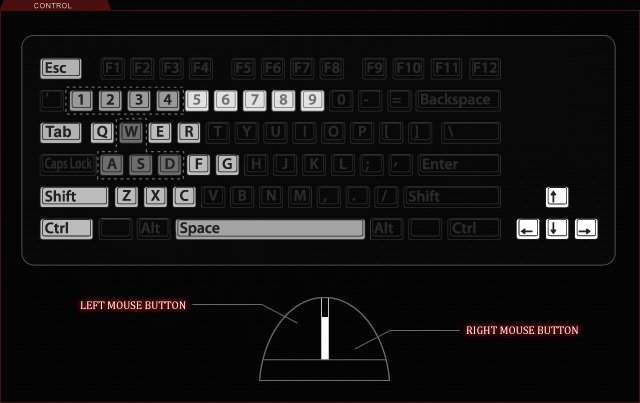

Microsoft is using UTF-8 and cp65001 more widely in recent versions ofįor example, “Command Prompt” uses the legacy code page by default.īut the Windows Subsystem for Linux (WSL) changes the active code page toĦ5001, and python.exe can be executed from the WSL. Some tools on Windows change the active code page to 65001 (UTF-8), and Other non-ASCII character in the README.md file, many Windows usersĬannot install the package due to a UnicodeDecodeError. Package authors using macOS or Linux may forget that the default encodingįor example, long_description = open("README.md").read() in Motivation People assume it is always UTF-8 This PEP proposes changing the default text encoding to “UTF-8”

(hereinafter called “locale encoding”) when encoding is not specified. (If we release 3.9 in 2020, this PEP will applied to 3.10, although deprecation warning is raised from 3.8)Ĭurrently, TextIOWrapper uses locale.getpreferredencoding(False) I believe 2021 is not too early for this change. I propose to change Python’s default text encoding too, from 2021. As a side note, it actually takes up less space on a hard disk than the Microsoft supplied one.Microsoft changed default text encoding of notepad.exe to UTF-8 from 2019 May Update! Yes, you can use the one supplied in the operating system for simple use but if you’re looking to edit HTML, CSS, or even JavaScript, Notepad++ is a free and easy-to-use program that can get it done for you. Nearly all of these above and other unspoken features in Notepad++ is nowhere to be found in the default Windows Notepad application. This great feature shows past clipboard events. Knowing what line or character you’re at couldn’t be simpler.Īccess clipboard history via the “ Edit” menu and choosing “Clipboard History”. Notice the easy-to-read information displayed at the bottom of every file. From the “Run” menu, choose to launch the file in an installed browser. Viewing the edited text is as easy as choosing a browser. Right-click the desired text and choose “UPPERCASE” or “lowercase” from the context menu. This can be accomplished via the shortcut keys “ Ctrl+Num +/-“ or holding Ctrl down and scrolling up or down with the mouse wheel.Ĭonvert text to uppercase or lowercase without having to retype.


 0 kommentar(er)
0 kommentar(er)
